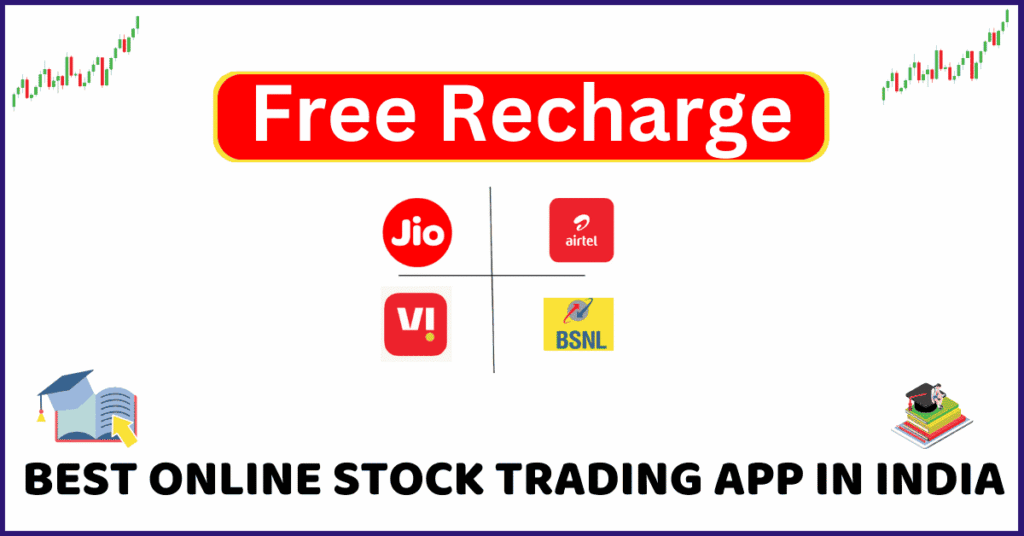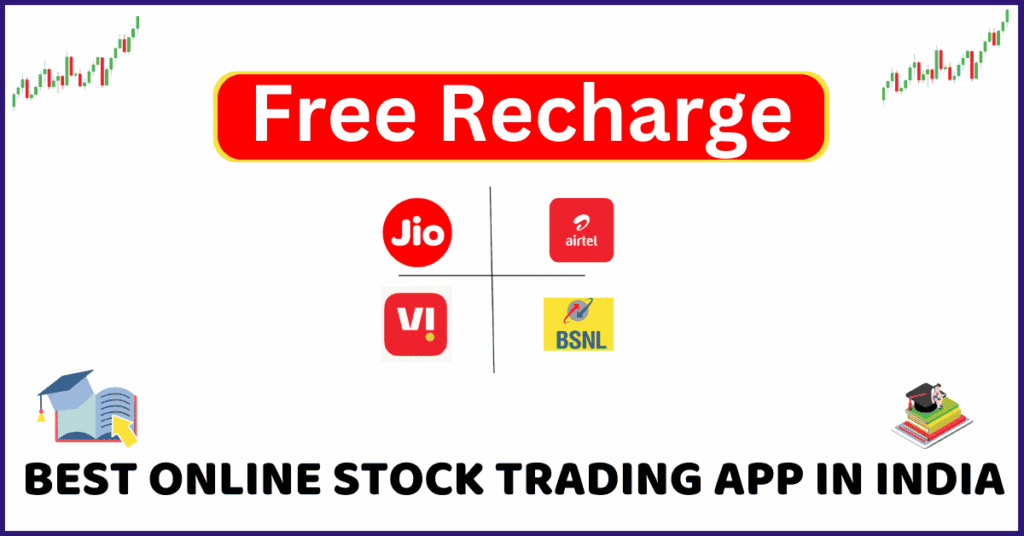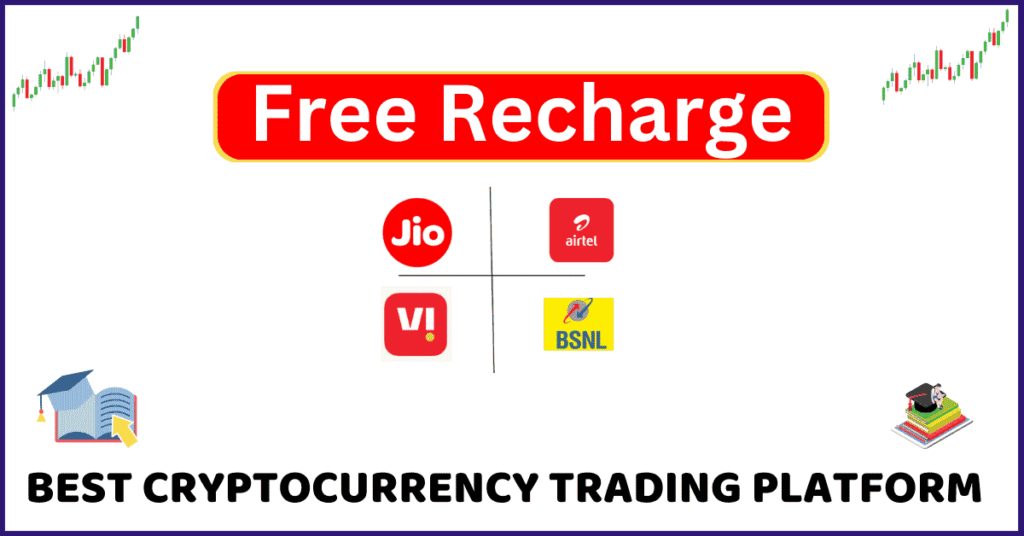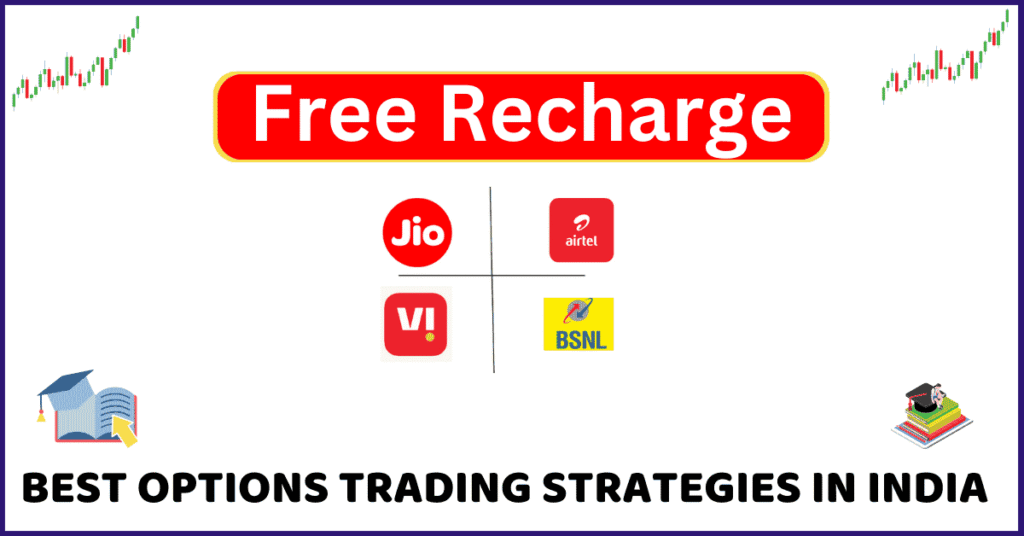Hey friend! If you’re exploring DeFi, choosing a great DEX is super important. There are many options, each with its strengths, trade‑offs, and quirks. In this blog post, I’ll walk through what makes a DEX “good”, the criteria to pick them, the most popular ones in 2025, and tips for using them safely. Let’s get into it.
What Makes a “Great” DEX
Related Posts:
Before listing favorites, it’s important to know what to look for. A DEX that’s the right fit depends on your priorities (speed, fees, security, assets, chains, etc.). Here are key factors:
| Feature | Why it’s important |
|---|---|
| Liquidity (Total Value Locked & Trading Volume) | Low liquidity means slippage, bad prices, trading inefficiency. Large liquidity helps with smooth swaps. |
| Fees (gas + trading fees + slippage) | Even a small fee difference can eat into profits or yield when doing many trades. Chains with lower gas help. |
| Chains / Cross‑chain support | If you use Ethereum, BNB Chain, Solana, etc., you may want a DEX that supports multiple chains or has bridges. |
| User experience / UI & UX | For beginners, simpler UI, clear fees, easy wallet integration matter. For advanced users, more options like limit orders or concentrated liquidity are nice. |
| Security / Smart Contract Audits | Bugs, hacks, MEV (miner/executor extractable value), unfair trades are real risks. Audited, battle‑tested DEXes are safer. |
| Governance, Tokenomics, Rewards | Some DEXes reward liquidity providers; others have governance tokens that let you participate in decisions. These can matter if you plan to be active. |
| Special features | E.g. stablecoin‑focused swaps (low slippage), limit orders, aggregated pricing, concentrated liquidity, front‑ended bots protection, etc. |
Top DEXes in 2025
Here are some of the leading decentralized exchanges as of 2025, with what makes them stand out. Depending on what you value, one might suit you better than others.
| DEX | Blockchains / Ecosystem | Strengths | Limitations / Considerations |
|---|---|---|---|
| Uniswap (v3 / v4) | Ethereum & multiple chains (Polygon, Arbitrum, Base, etc.) Wikipedia+2Cointelegraph+2 | Very high liquidity; mature, well audited; v4 adds “hooks” and more flexibility; strong developer & user base Wikipedia+1 | Gas costs on Ethereum mainnet can be high; some trades and small tokens suffer from slippage or fees; though concentrated liquidity helps. |
| PancakeSwap (V3) | BNB Chain mainly; multichain support increasingly Cointelegraph+2CoinGecko+2 | Low fees, fast transactions; good for smaller trades; broad DeFi features (staking, yield farms, etc.) Cointelegraph+2Wikipedia+2 | Less decentralization / audit history compared to some; tokens on smaller / new chains riskier; impermanent loss and slippage still relevant. |
| Curve Finance | Ethereum + other chains, focused on stablecoins / like‑asset pools CryptoVantage+2CoinGecko+2 | Very good for stablecoin swaps or “similar asset” pairs; low slippage; low fees for those pairs. | Less suited if you want to swap very different token types; less liquidity for exotic or new tokens. |
| Raydium | Solana ecosystem CryptoVantage+1 | Speed / very low fees; integrates with Solana’s order‑books (some hybrid features), offers good UX for Solana users; yields, farming etc. | If you’re not on Solana, you can’t use directly; Solana network risks (congestion, outages) matter; fewer “token variety” than in Ethereum world. |
| Orca | Solana Cointelegraph+1 | Very user‑friendly; low fees; fast swaps; decent liquidity in Solana popular pools. | Same Solana ecosystem limitations; for very large trades/slippage might still exist; new tokens risk. |
| SushiSwap | Multichain (Ethereum, BNB, Polygon, etc.) BlockTech Solutions+1 | Broad DeFi ecosystem (swaps, staking, farming, launches), community governance; competitive with fees; more “all‑rounder”. | Not always top in liquidity vs giants like Uniswap or PancakeSwap; UX sometimes more crowded; risks in new chain deployments. |
| Other interesting ones: Canto DEX, Meteora, SunSwap etc. CryptoVantage | These tend to serve specific chains or niches, or might offer innovations like “fee‑free trading” or better reward schemes. |
DEX Aggregators vs Standalone DEXes
Sometimes you might prefer to use an aggregator rather than going to a single DEX. Aggregators route your swap across multiple DEXes to get you the best price (or least slippage + fees). Examples: 1inch, Paraswap, Jupiter (Solana), Matcha, etc. DeFi Rate+2CoinGecko+2
Pros of aggregators:
- Better pricing often (they compare several routes)
- Sometimes lower slippage or combining tiny pools to fill orders more efficiently
- Good when dealing with many chains or tokens
Cons:
- Slightly more complex UX in some cases
- More moving parts = more potential for something to go wrong
- Sometimes extra “gas overhead” of routing or multi‑step swaps
Best DEXes for Different Use Cases
Depending on what you want, here are the picks:
| Your Need | Best DEX(es) for That |
|---|---|
| Stablecoin swaps / low slippage for like‑assets | Curve Finance, Uniswap’s stable pools, maybe Raydium or others on Solana with similar assets. |
| Cheap, frequent swaps (small amounts, low fees) | PancakeSwap (BNB Chain), Solana DEXes like Orca or Raydium, aggregators. |
| Trading many tokens, including newer / less known ones | Uniswap, SushiSwap, PancakeSwap + exploring newer chain‑native DEXes. |
| Cross‑chain trades / bridging | Aggregators; DEXes that support multiple chains; or using DEX + bridge combos. |
| Provide liquidity / farming yield | Uniswap v3 / v4 (if you understand concentrated liquidity), PancakeSwap, SushiSwap, Raydium etc., depending on chain and reward weaving. |
| Governance / token value / long‑term protocol support | Uniswap, SushiSwap; ones with strong communities and track records. |
Risks & What to Watch Out For
Using DEXes isn’t risk‑free. Here are some pitfalls to keep in mind:
- Smart contract risk / audits: Bugs, exploits, or malicious code can drain funds. Even audit doesn’t guarantee absolute safety.
- Impermanent loss (if providing liquidity): If tokens drift in price, liquidity providers can lose compared to just holding.
- Slippage and front‑running / MEV: Big trades or low‑liquidity pools are especially vulnerable; sometimes bots can exploit your trade (high gas price, frontrunning).
- High gas fees / congestion especially on Ethereum or other popular chains. Those can eat into gains.
- Token rug‑pulls or low quality tokens: New / low market cap tokens are risky. Always check contract, reputation.
- Regulatory or legal risk depending on where you are; even though DEXes are decentralized, using them might have implications.
What to Look Forward To: Innovating DEX Trends
There are some emerging directions to keep an eye on:
- More concentrated liquidity models (e.g. Uniswap v3, v4) or dynamic LP positioning for better capital efficiency.
- DEXes with dynamic fees or other “hooks” that adapt to market conditions.
- Better cross‑chain DEX designs; smoother bridges + liquidity.
- More hybrid models (AMM + order book features).
- Front‑end UX improvements; better tools to protect against MEV / extractable value.
- Sustainability of incentives & governance: protocols that manage fee‑returns, rewards, tokenomics well will tend to survive.
Conclusion & Recommendations
If I were you, and starting now, here’s a shortlist I’d check out/try:
- Uniswap (v4) — if you’re on Ethereum or chains it supports. High liquidity, mature, many tokens.
- PancakeSwap — good for cheaper swaps, smaller trades, chains with lower fees.
- Curve Finance — when dealing with stablecoins or very similar assets and want minimal slippage.
- Raydium / Orca — if you use Solana heavily.
- An aggregator like 1inch or Paraswap when you want best price and are willing to do a little more thinking about the route.
If you like, I can also give you a custom list of



